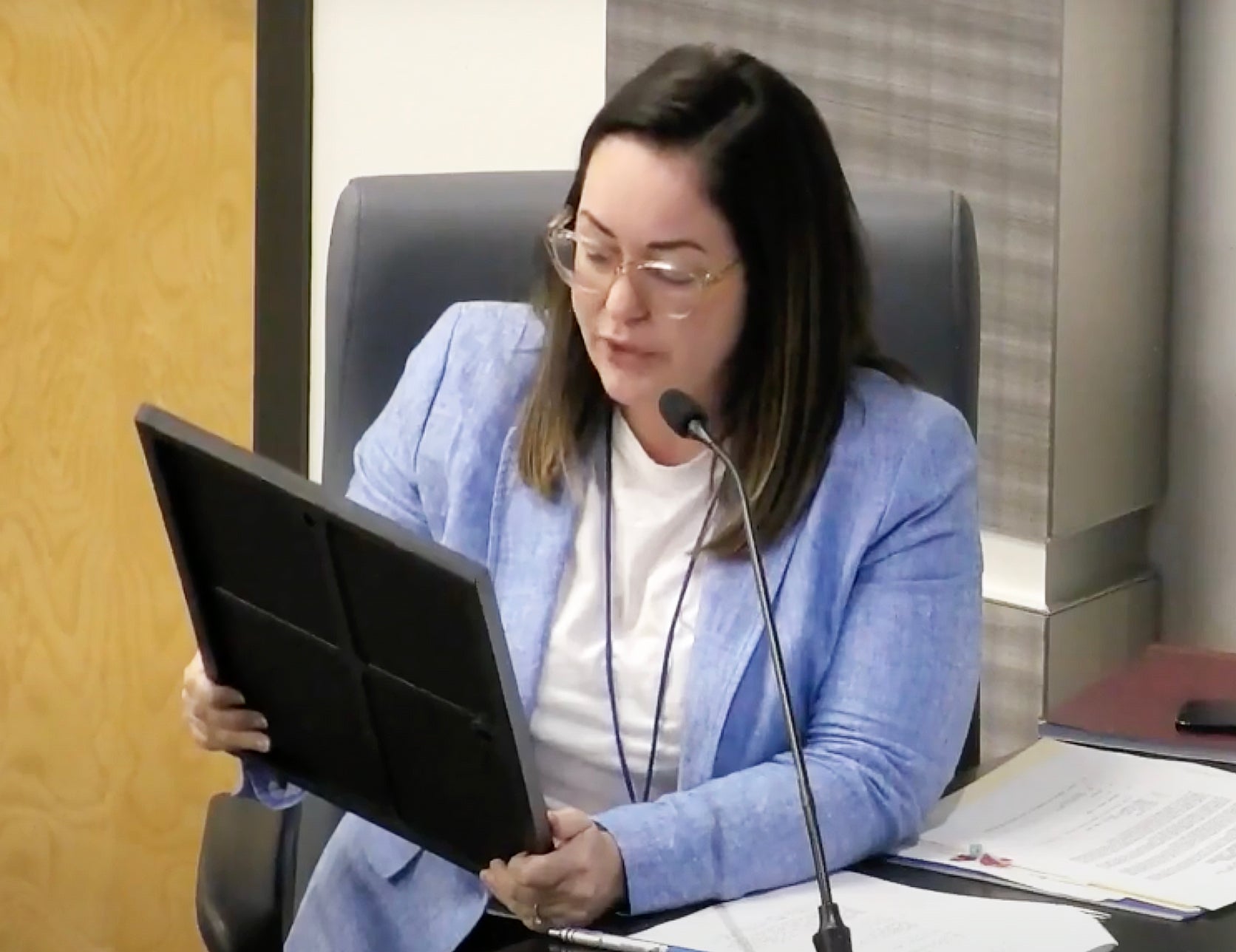St. Charles Parish ranked high in toxic emissions
Published 12:00 am Monday, June 10, 2002
By LEONARD GRAY
LULING – Louisiana recently found itself high on one measuring stick of industrial development, and St. Charles Parish was one of the state’s leaders – in toxic releases to the environment.
Specifically, Monsanto in Luling is in second-place statewide for pounds of toxic materials released, according to the figures released by the U.S. Environmental Protection Agency for the year 2000.
Monsanto spokesman Jeff Swan pointed out the 6.7 percent increase in TRI releases from 1999 to 2000 reflected an 11 percent increase in production at the Luling facility.
What is more, according to EPA’s director of the Toxic Release Inventory program, Maria Doa, one cannot read into these figures and decided a company is doing poorly or well in pollution prevention to the air, water and ground.
In first place for Louisiana industries is Cytec Industries in Waggaman, just across the parish line into Jefferson Parish from St. Charles Parish.
Monsanto released 10,946,593 pounds during 2000, while Cytec released 17,138,644 pounds.
The total TRI materials released during 2000 by Louisiana industries was 154,522,635. That means 17.5 percent of all Louisiana TRI releases were from two industrial plants, 10 minutes’ driving time apart.
Monsanto’s figures include 27,653 pounds of fugitive air emissions and 107,792 pounds of toxic stack air, for a total of 135,445 pounds in total air emissions. According to the EPA figures, the bulk of the releases was formaldehyde, with 8,343,900 pounds released from the plant, along with 2,112,000 pounds of formic acid, 217,030 pounds of nitrate compounds, 133,800 pounds of methanol and 80,00 pounds of chloromethane, including 35,000 pounds released to the air.
Swan said 97 percent of their TRI releases were non-hazardous waste placed in deep-well injections, from 6,500 to 8,000 feet deep, well over a mile underground.
The local water table is at about 1,000 feet, according to Lynell Boyd of Monsanto’s environmental department.
And though classified as toxic because of the trace contents of the whole, almost all the material injected underground consists of saltwater. Swan said there are no plans to cut out the deepwell waste disposal and added Monsanto’s award-winning program is “a very responsible way for us to handle this waste.”
Boyd added that stack emissions are up by only 1.1 percent, or 1,800 pounds in the same time frame, but in looking back to the 1987 benchmarks, Monsanto is down in TRI emissions by 99 percent.





